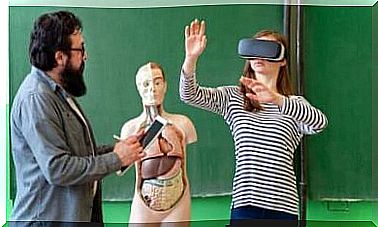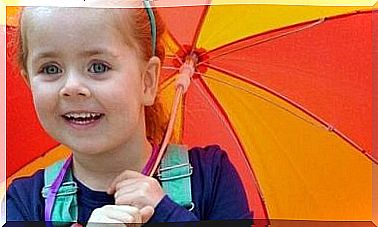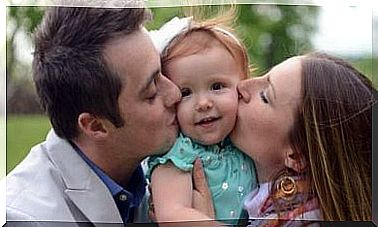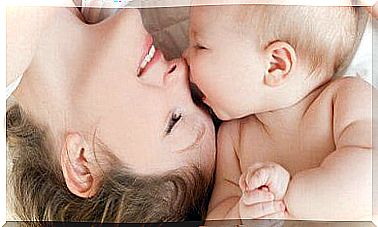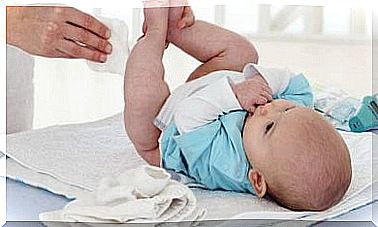Childhood Squint: Causes, Diagnosis And Treatment
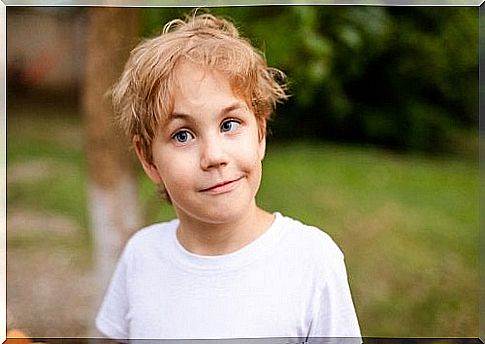
Infant squint is an abnormality of the visual apparatus due to the lack of synchronization of the eyes. It is a problem that must be detected in time, so that treatment can begin as soon as possible. Delaying surgery increases the risk of loss of vision in the squinting eye.
In infants or children, strabismus is one of the most common eye diseases. About 4% of children under 9 suffer from childhood squint. The most serious consequences can lead to impaired brain development, learning and understanding skills and, in some cases, loss of vision.
What is infantile squint?
In technical terms, this dysfunction relates to binocular vision. The use of sight involves two types of vision, one binocular and the other monocular. Both develop from birth and grow stronger until the age of eight / nine.
In strabismus, binocular vision does not work as it should and the eyes cannot simultaneously direct their gaze to a single object. Due to this anomaly, information arrives at the brain in a confused way. The central nervous system’s response is to reject less sharp images. In this way, the body avoids double vision (or diplopia).
However, the eye that is off-axis will continue to send the images to the brain. Despite these unsuccessful attempts, it is very likely that visual development is irreparably compromised. In these cases we speak of a “lazy eye”. Generally, after nine years, if no treatment is carried out, the situation becomes irreversible.

The causes of infantile strabismus
Among the most common causes of an ophthalmological nature we identify:
- Dysfunctions in the control of the optic nerve.
- Refractive defects such as hyperopia.
Other causes of childhood squint can be:
- Nervous system exhaustion due to certain diseases such as high fever or high stress.
- The genetic predisposition.
- The consequences of other diseases such as cerebral palsy or hydrocephalus. Premature births and Down syndrome can also cause strabismus.
The types of strabismus
It is important to know that although the symptoms of this anomaly usually occur in childhood, it is possible that they also appear in adulthood. Not all squints are the same:
- Monocular squint and alternating squint. In the first case, the staring eye monopolizes the visual field. In the second, the input of information alternates, allowing a homogeneous development of both eyes.
- Intermittent squint. It occurs only in certain circumstances (illnesses, severe stress). It can also occur when we are at certain distances from the observed object (close, medium distance or far away).
Depending on the direction of observation of the eye
- Exotropia or divergent squint: when the eyeball points outward.
- Esotropia or convergent squint: (the most frequent) when the eye deviates inward.
- Hypertropia and Hypotropia: when the eyes point up or down.
The diagnosis of infantile strabismus
Childhood squint can hardly be prevented. Diagnosed in time, however, problems can be avoided or limited and binocular dysfunctions treated. For children who have this problem, a vision test is recommended around the age of three.
If your pediatrician detects an abnormality in your eyeballs, you should immediately seek an appointment with an ophthalmologist. In the case of a family history, the visit to the ophthalmologist should be done before the age of 3
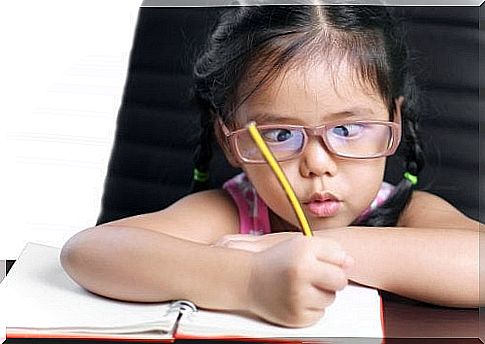
Treatment
Treatment varies based on the condition of the eyes and their level of alignment. The ultimate goal is to restore binocular vision. Depending on the case, the use of glasses or surgery will be used. Adhesive bandages can also be used to strengthen the weak eye.
Optical correction is performed in cases of accommodative strabismus. Typically, glasses or contact lenses are used. If you opt for visual therapy, exercises will be done using bandages.
If surgery is needed, an incision will be made in the tissue that covers the eye up to the muscle. Depending on the case, the muscles will be repositioned in one or both eyes. It is a relatively simple procedure and children will be able to get back to their games in a short time without any problems.

